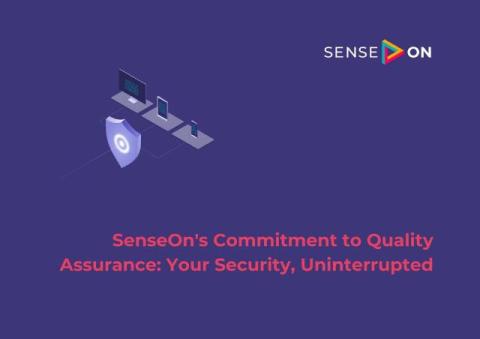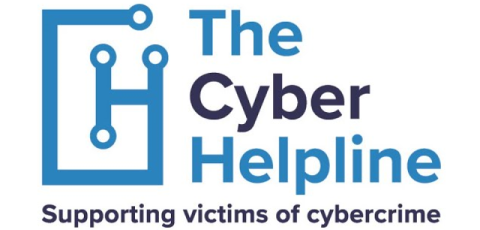The 7 Essential Steps for Ensuring Mobile App Security
Mobile devices now account for more than half of all web traffic, and that number seems poised to increase over the next few years. Between the Apple App Store and Google Play Store, there are already more than 5 million applications available — and not all of them are safe. A smart mobile app security strategy can mitigate some of the threats that come from unauthorized, misconfigured, or malicious software.









